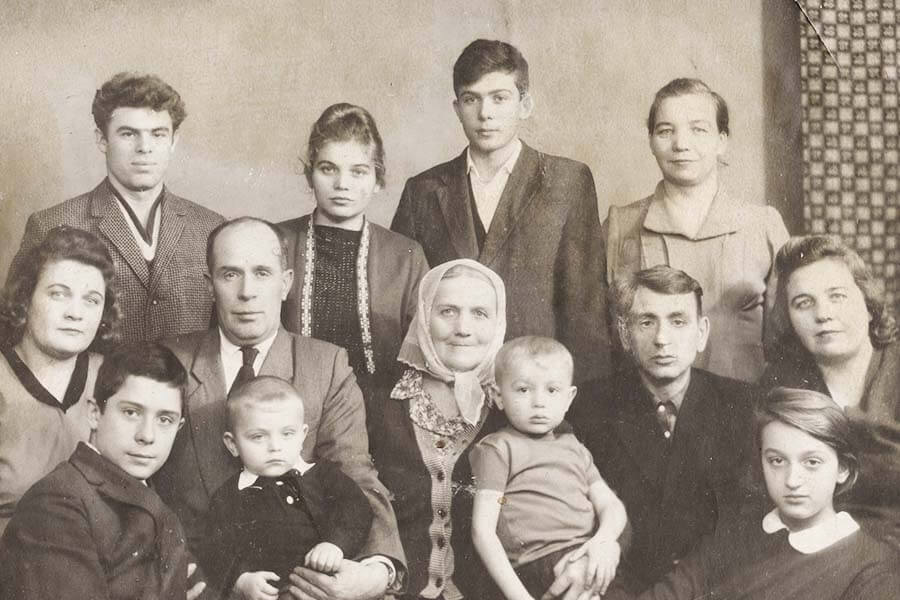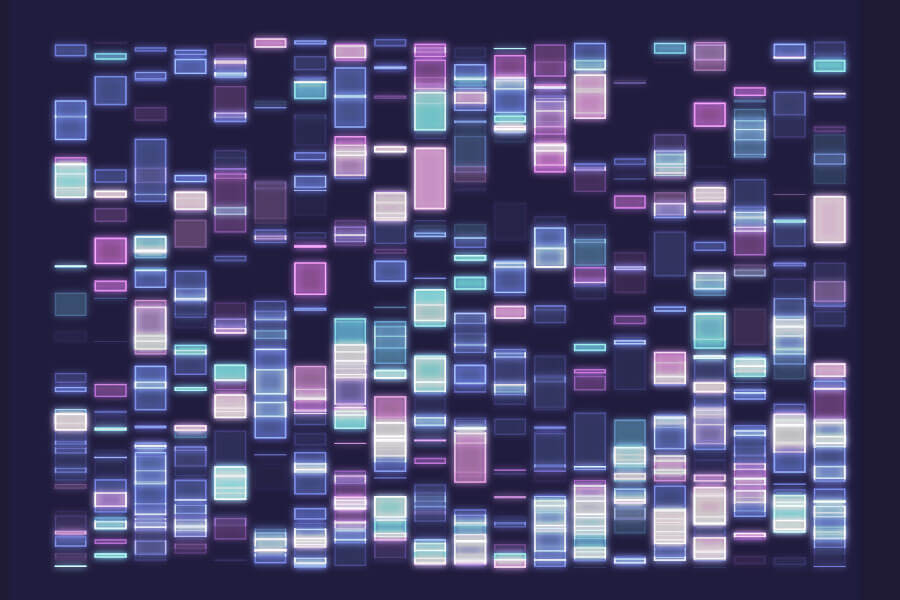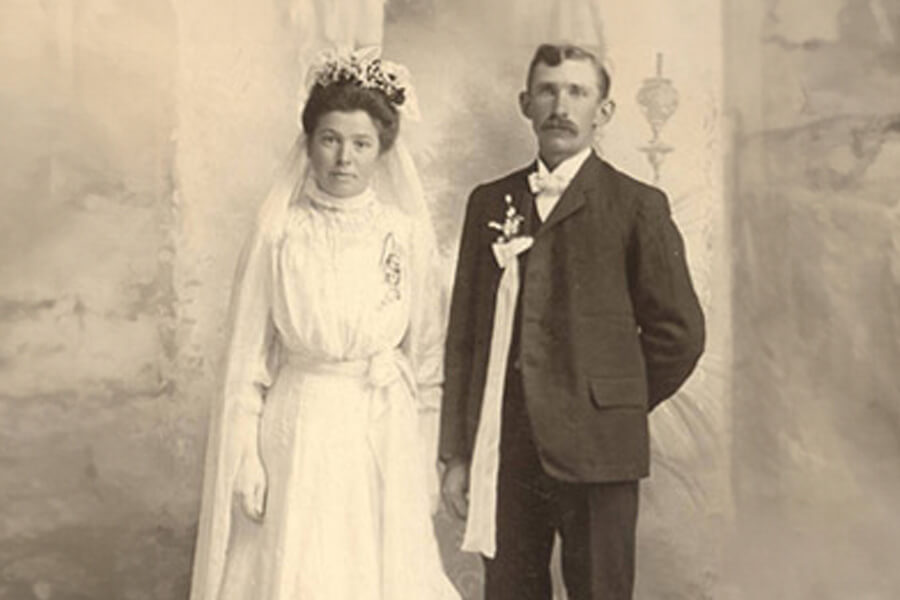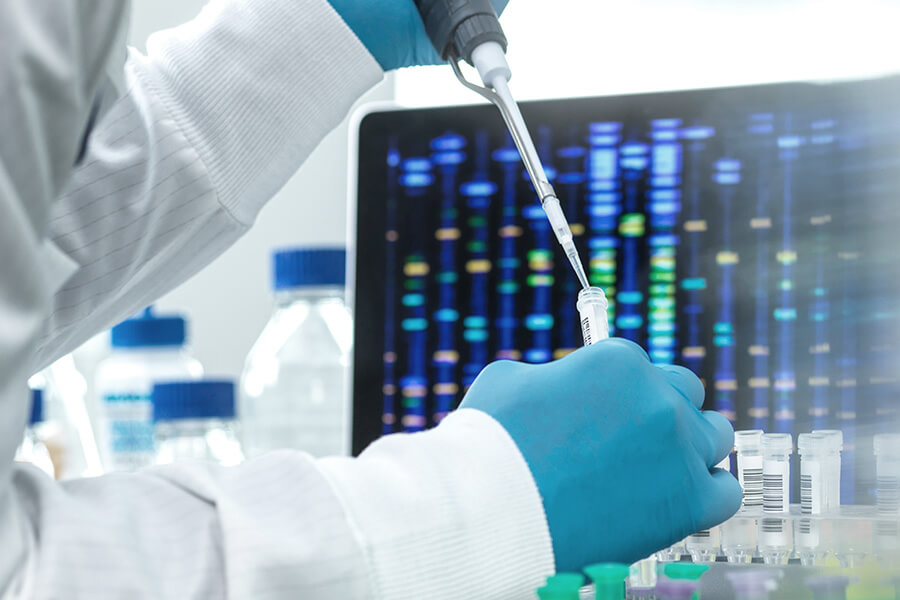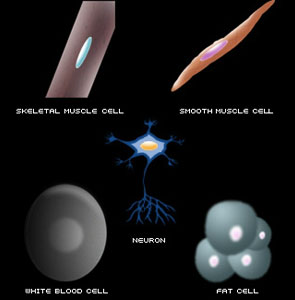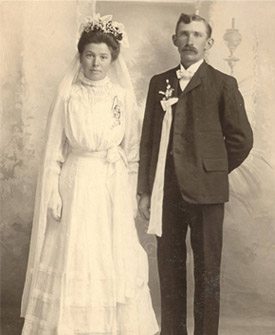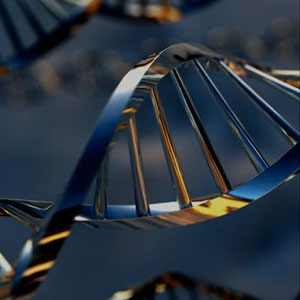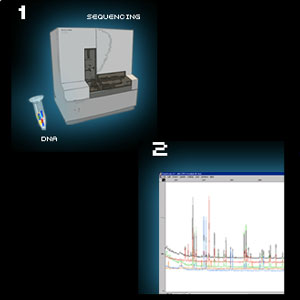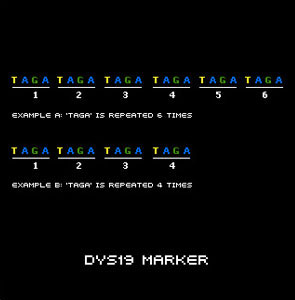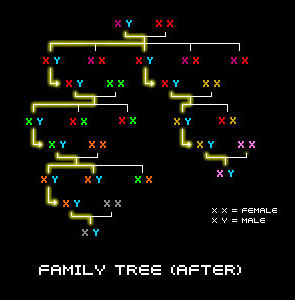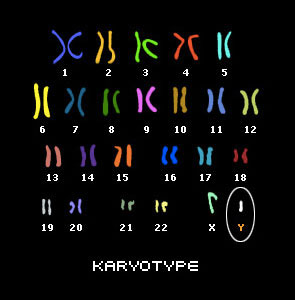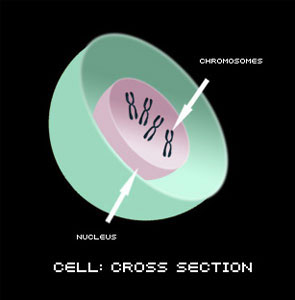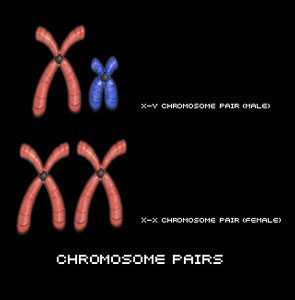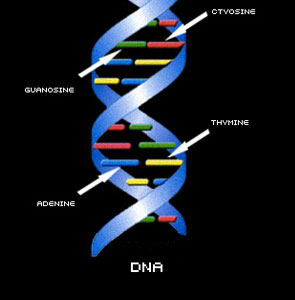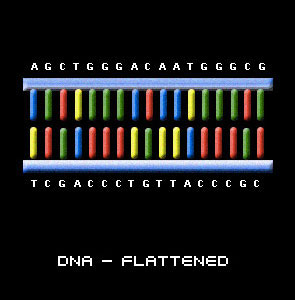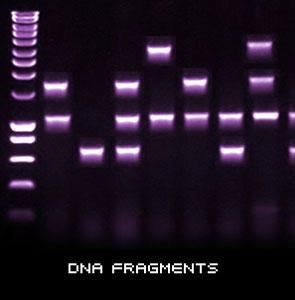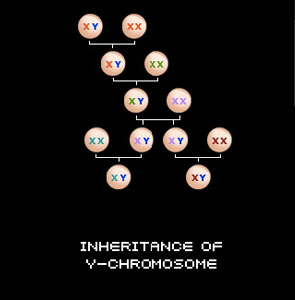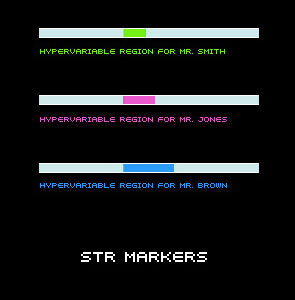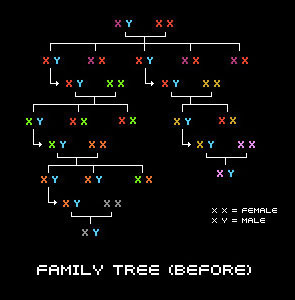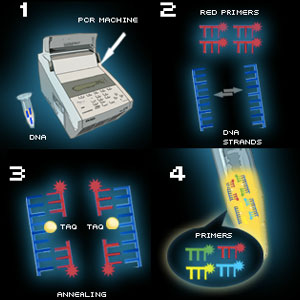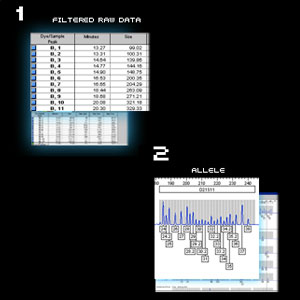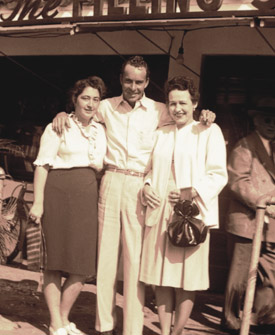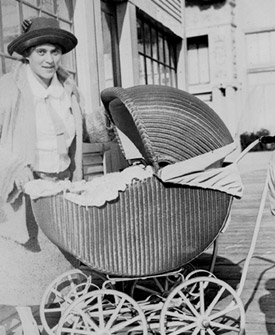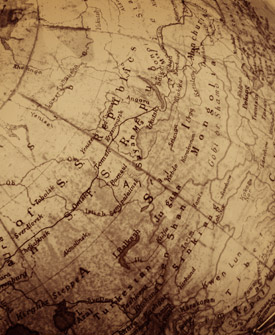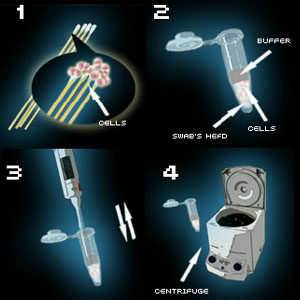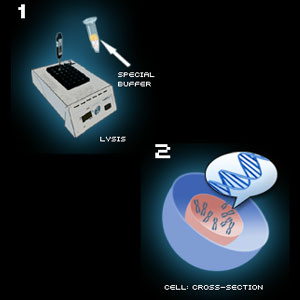Trace your roots...
Unearth your ancestry...
Discover your family story.
DNA Ancestry Project
Become a part of history.
Proceed »
Begin Your Ancestral Journey
Who were your ancestors? Discover your deep ancestral roots using genetic genealogy. Find out where your ancestors came from, discover their ethnic background, and trace the roots of your surname.
Genetic genealogy is the newest and most exciting addition to genealogy research. Login to your control panel and watch as your projects unfold. Participate today and embark on a journey of discovery.
Features
Discover Your Ancestral Origins
Discover your roots.
Retrace the path of your ancestors back 150,000 years to its ancient roots in Africa.
DNA Reunion Database
Search for long-lost family.
Search a global database to identify and contact long lost family lines from around the world.
Search and Analysis Tools
Compare against indigenous populations.
Find out which ethnic group is the closest match to your DNA type.
Famous DNA

Compare against famous historical figures.
Discover possible family links to famous historical figures.
What's New?
Tutorials
What are Y-DNA STR markers?
Find out what Y-DNA STR markers are and how they are used to investigate your paternal lineage.
Y-DNA STR Markers - A Case Study
Find out how Mr. Brown used Y-DNA STR markers to verify his paternal lineage and to find new paternal line relatives.
The Y-STR Marker Testing Process
Take a step-by-step- tour of the procedures used to obtain your final Y-DNA STR marker results


